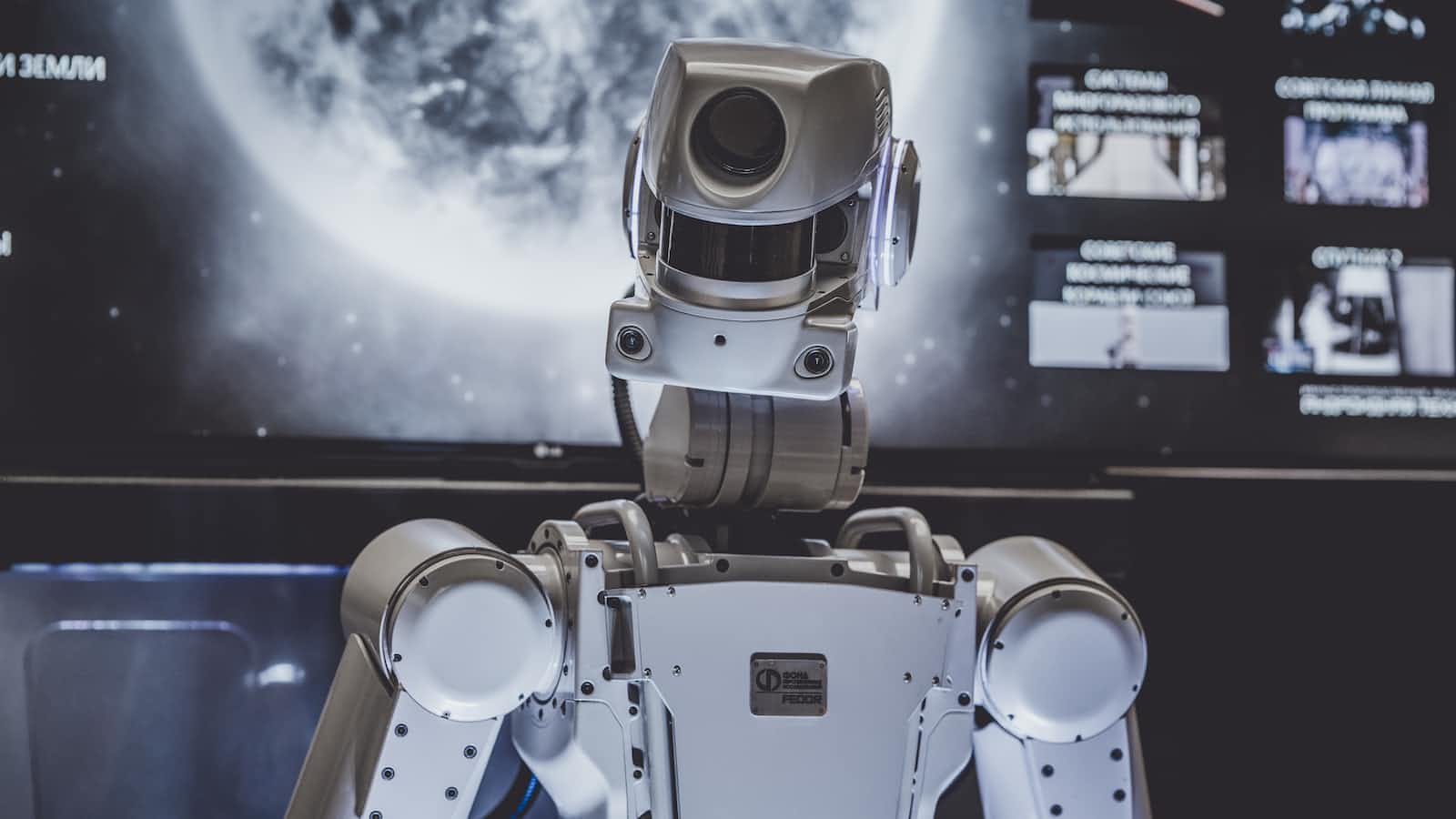
Safeguard your ChatGPT and GPT4 generated content with a trademark
What you need to know (in a nutshell)
- Artificial intelligence algorithms like ChatGPT and GPT-4 generate increasing amounts of content across various industries, making it crucial for businesses to protect these brand assets.
- Registering AI-generated content as trademarks with the United States Patent and Trademark Office (USPTO) provides legal protection, nationwide recognition, and evidence of ownership.
- To register AI-generated content as a trademark, businesses must ensure that It’s distinctive, used commercially, and not generic or merely descriptive. They can also protect it with an “Intent to Use” trademark filing status even if it’s not used.
Full Article
As artificial intelligence swiftly transforms our daily lives and work environments, AI-generated content permeates various industries. To safeguard their hard-earned brand assets – including names, logos, and slogans – businesses increasingly register them as trademarks with the United States Patent and Trademark Office (USPTO). This registration process ensures legal protection for these meticulously crafted artistic creations, solidifies ownership evidence, and offers nationwide recognition for companies seeking to expand into new markets unhindered by infringement concerns.
For a business’s trademark application to gain USPTO approval, two critical criteria must be fulfilled: uniqueness – guaranteeing that no similar asset exists or could mislead customers through confusion – and commercial use, which is connected to the products or services provided via an ‘Intent To Use’ filing status if not yet employed. Moreover, applications can only advance if the submitted information is not deemed overly generic or merely descriptive, which could hinder its ability to identify the source.
By securing AI-generated material under federal trademark registration, businesses reap numerous benefits, such as exclusive rights to fend off competitors’ attempts to use identical content and the peace of mind that comes from knowing their branding endeavours have been legally safeguarded against potential risks arising from infringements, whether intentional misuse or accidental oversights made in the course of everyday operations within today’s constantly evolving digital landscape.